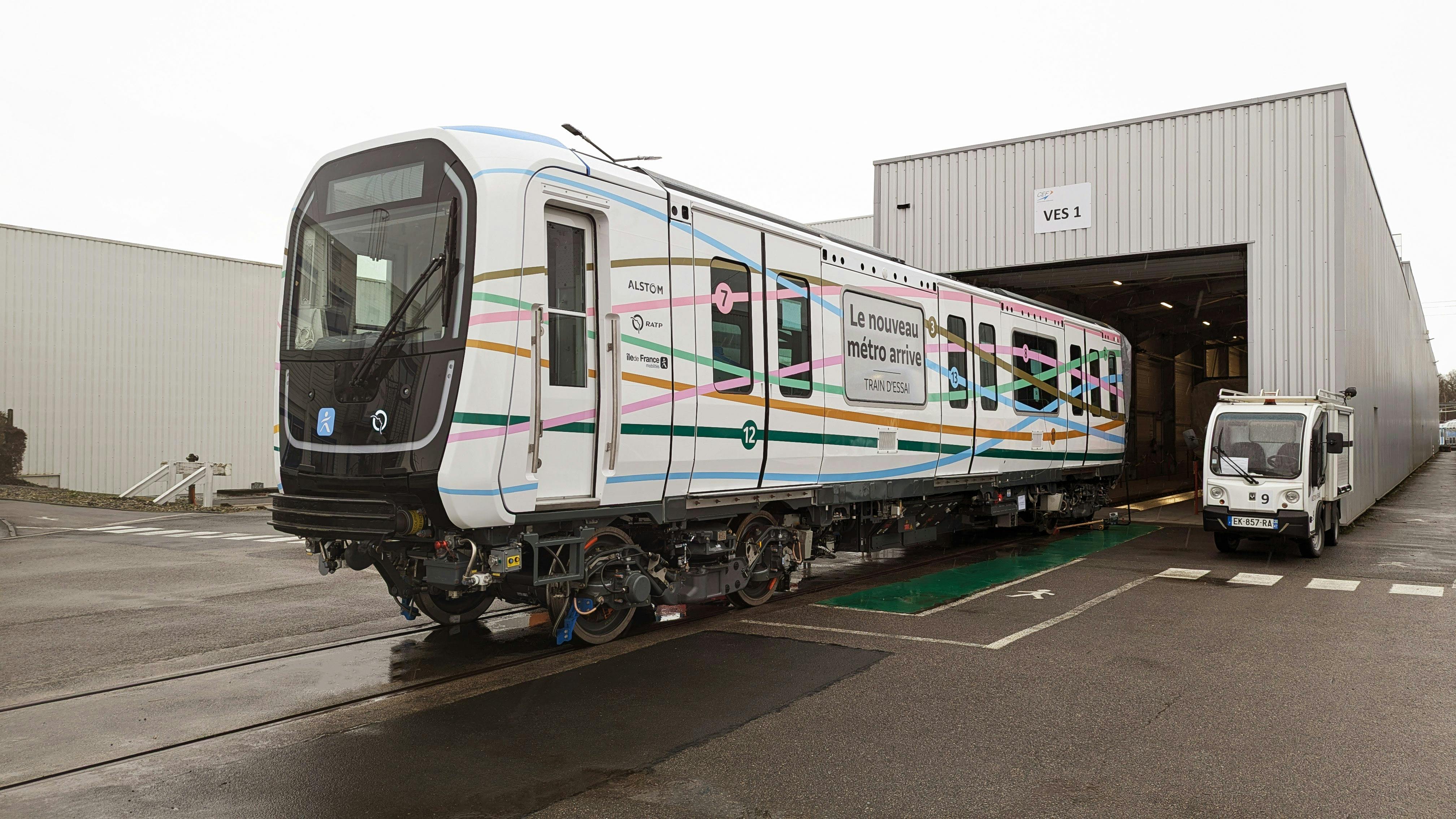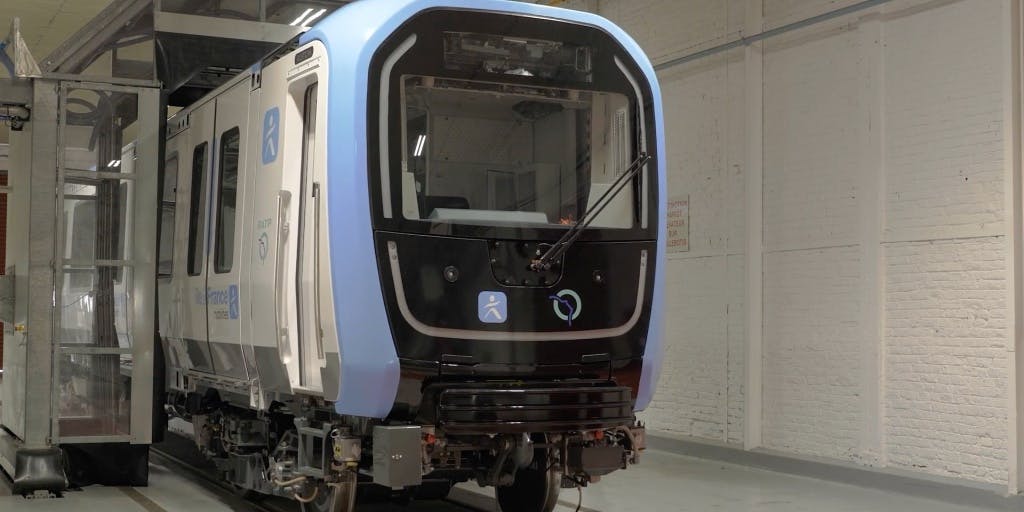File
MF19, the rail metro
Next generation
A new standard for the metro in Île-de-France
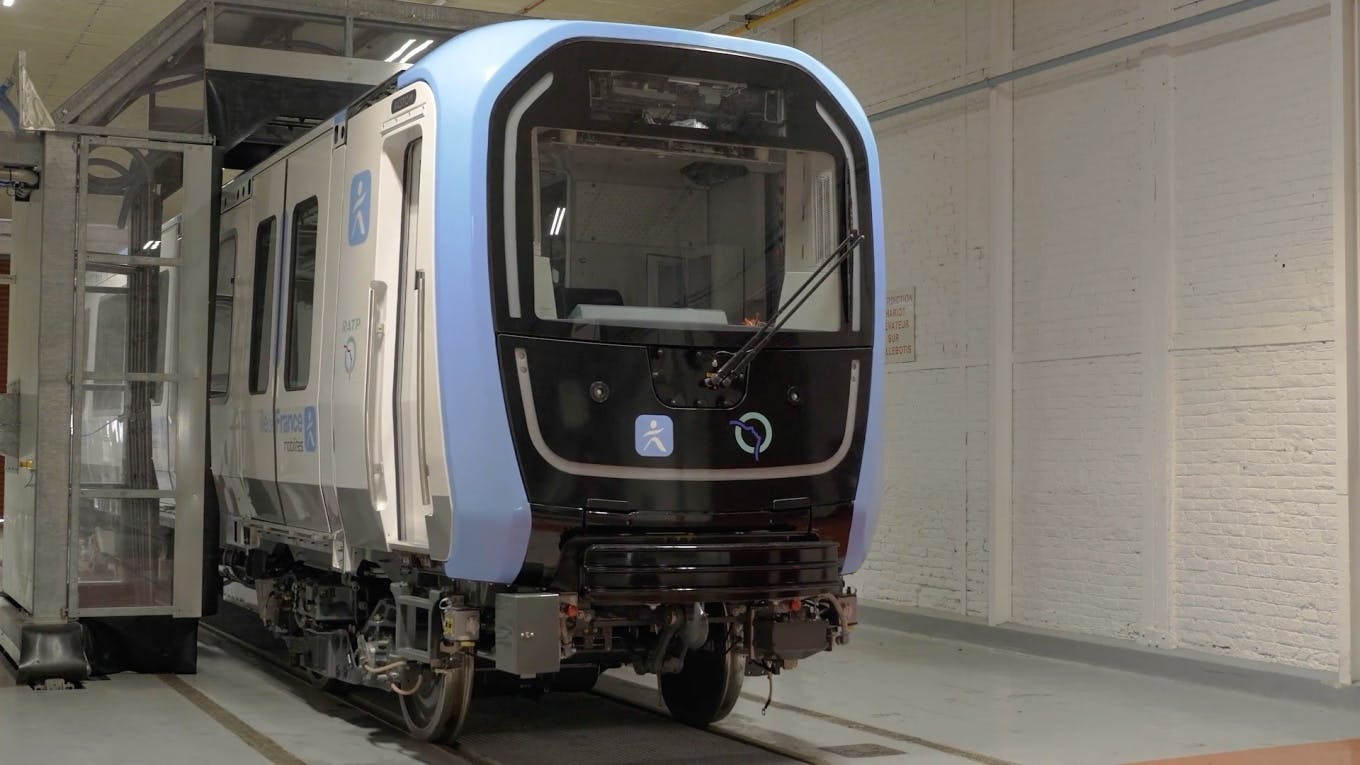
From 2025, a new-generation metro will be available on half of the Ile-de-France lines (3, 3bis, 7, 7bis, 8, 10, 12 and 13). Accessible, comfortable and reliable, it puts technology at the service of passenger comfort.
Meet him.
MF19: in the secrets of the design of the new Paris metro
Discover in video how the design of the MF19, the new Paris metro, was conceived. Three key players from Île-de-France Mobilités, RATP and Alstom reveal the complete process: interior and exterior design, passenger comfort, technical innovations and aesthetic choices.
Discover the 1st MF19 train that will equip line 10
On September 26, 2025, the first MF19 train intended to equip metro line 10 arrived in Île-de-France. Discover it!
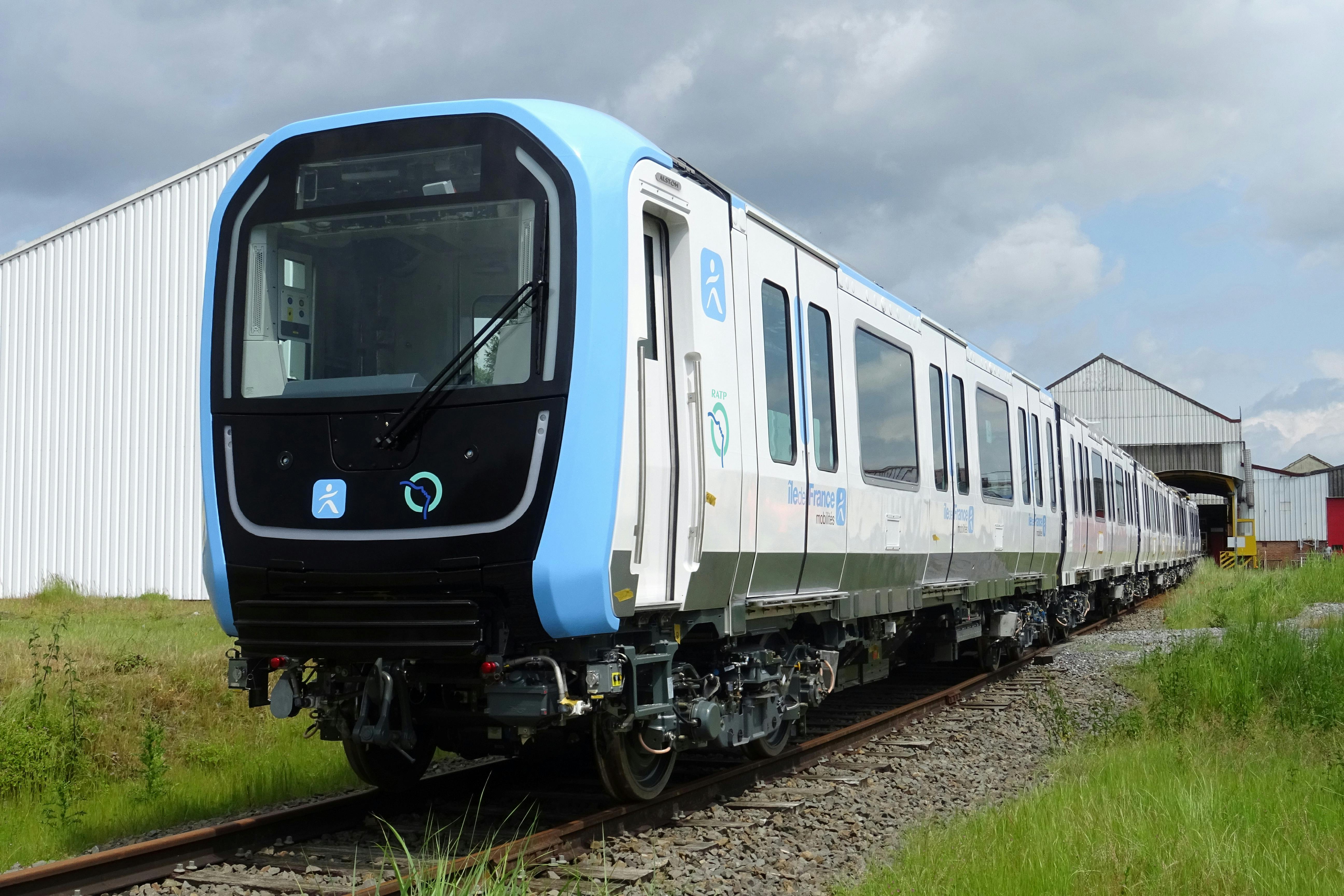
The MF19: a new vision of mobility
Our way of looking at everyday life is evolving, and so is the vision of transport.
To adapt to the changing needs of passengers and offer a strong solution to the growing challenges of ridership, a new standard had to be invented. This is the MF19 : a modular metro, a symbol of modernity, designed to meet the challenges of tomorrow and the needs of today.
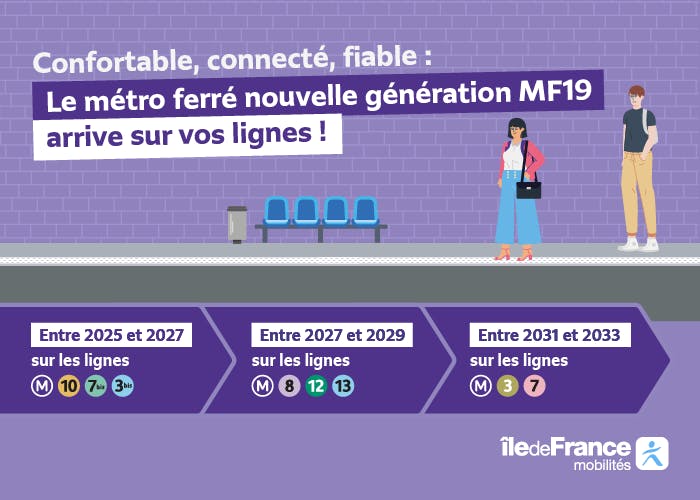
The calendar of the MF19
The MF19 arrives in:
- 2025 on line 10,
- 2026 on line 7bis,
- 2027 on line 3 bis,
- 2027 on line 13,
- 2028 on line 12,
- 2029 on line 8,
- 2031 on line 3,
- 2033 on line 7.
The metro of tomorrow begins its trials in Île-de-France
The first cars of the MF19 have arrived at the workshops in Bobigny (Seine-Saint-Denis) where they are starting a series of tests at the quays before being tested, at night, on the entire network.
A final step, before the first passengers are welcomed on metro line 10, from the end of 2025.
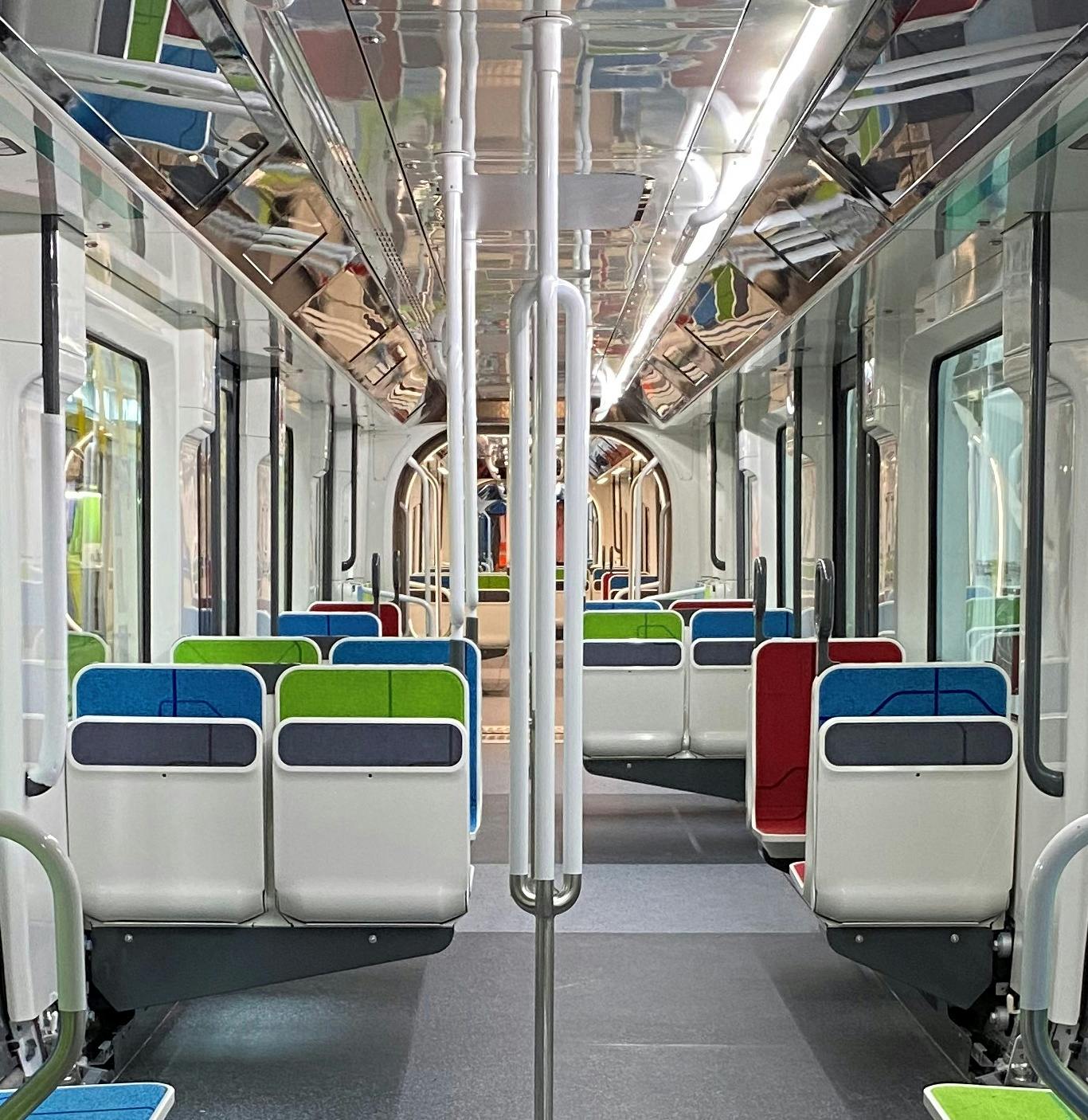
The MF19 obtains the Janus de l'industrie label from the French Institute of Design
A label of excellence that rewards the industrial design work of companies and local authorities each year, the Janus de l'industrie has chosen to highlight the work of Île-de-France Mobilités, RATP and Alstom (metro manufacturer) in 2024, for their sustainable commitment to the travel conditions and environment of passengers in Île-de-France.
Video: the assembly of the very first car
Join us at Alstom's production site in Crespin, Hauts-de-France, to discover the assembly of the first car of the MF19.
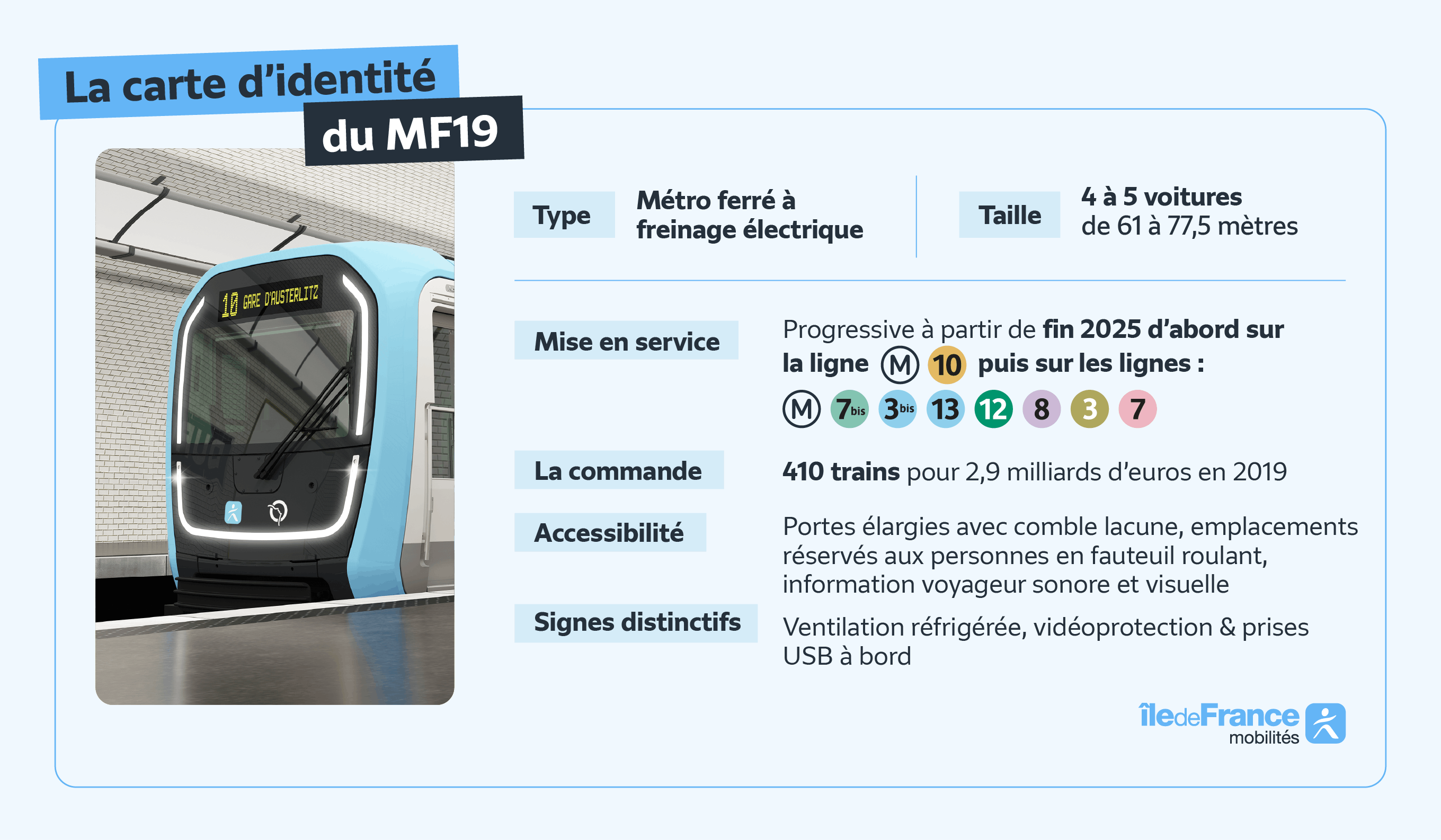
The MF19 identity card
All the information you need to get to know your new metro better on the same page? It's the MF19's identity card!
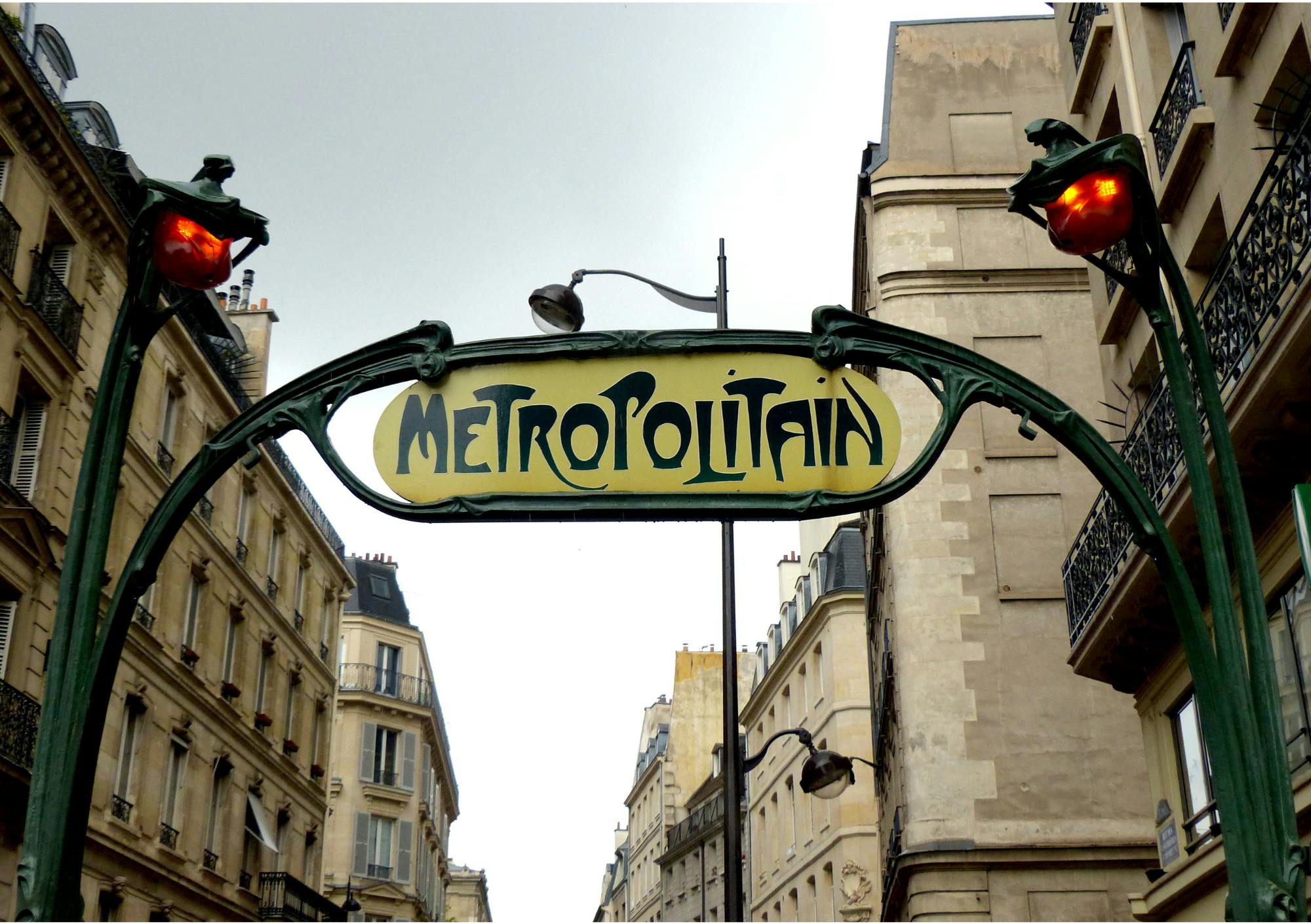
The metro in Île-de-France, a story of innovation(s)
The metro has more than a century of history. From the first wooden trains to the latest generation models, mobility in Île-de-France is being written through technological innovations.
Speed, performance and more responsible materials : the MF19 is writing a new chapter in the history of collective mobility, bringing with it a more attractive image of living in the city.
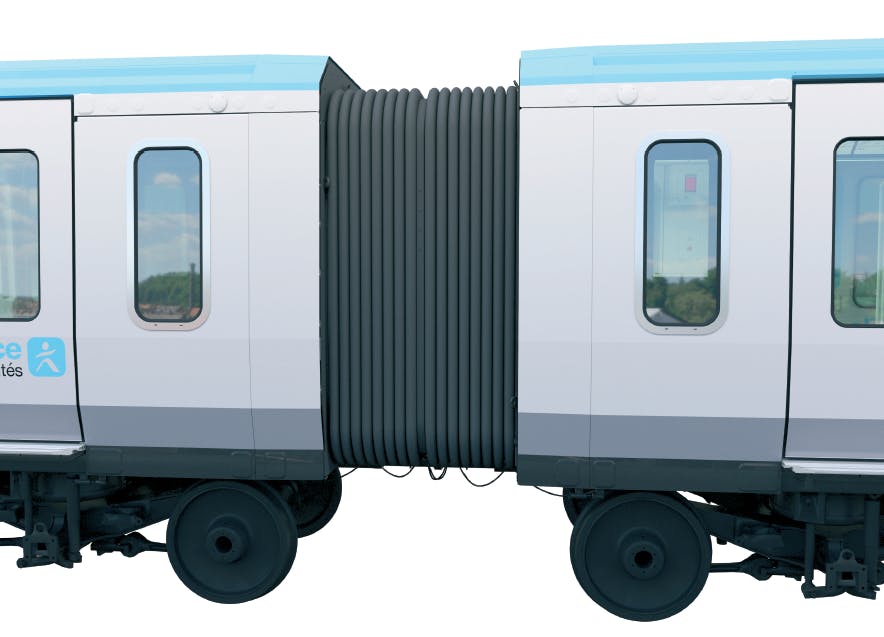
The MF19, an open and modular design
- Adapting to the needs of the different lines: modular, the MF19 metro is available in three train lengths, can be switched from manual to automatic driving and has several types of interior layouts, to follow the changes of the different lines it equips.
- Creating space : a "boa" train open along its entire length, the MF19 lets in light, opens the eye and facilitates the movement of passengers on board.
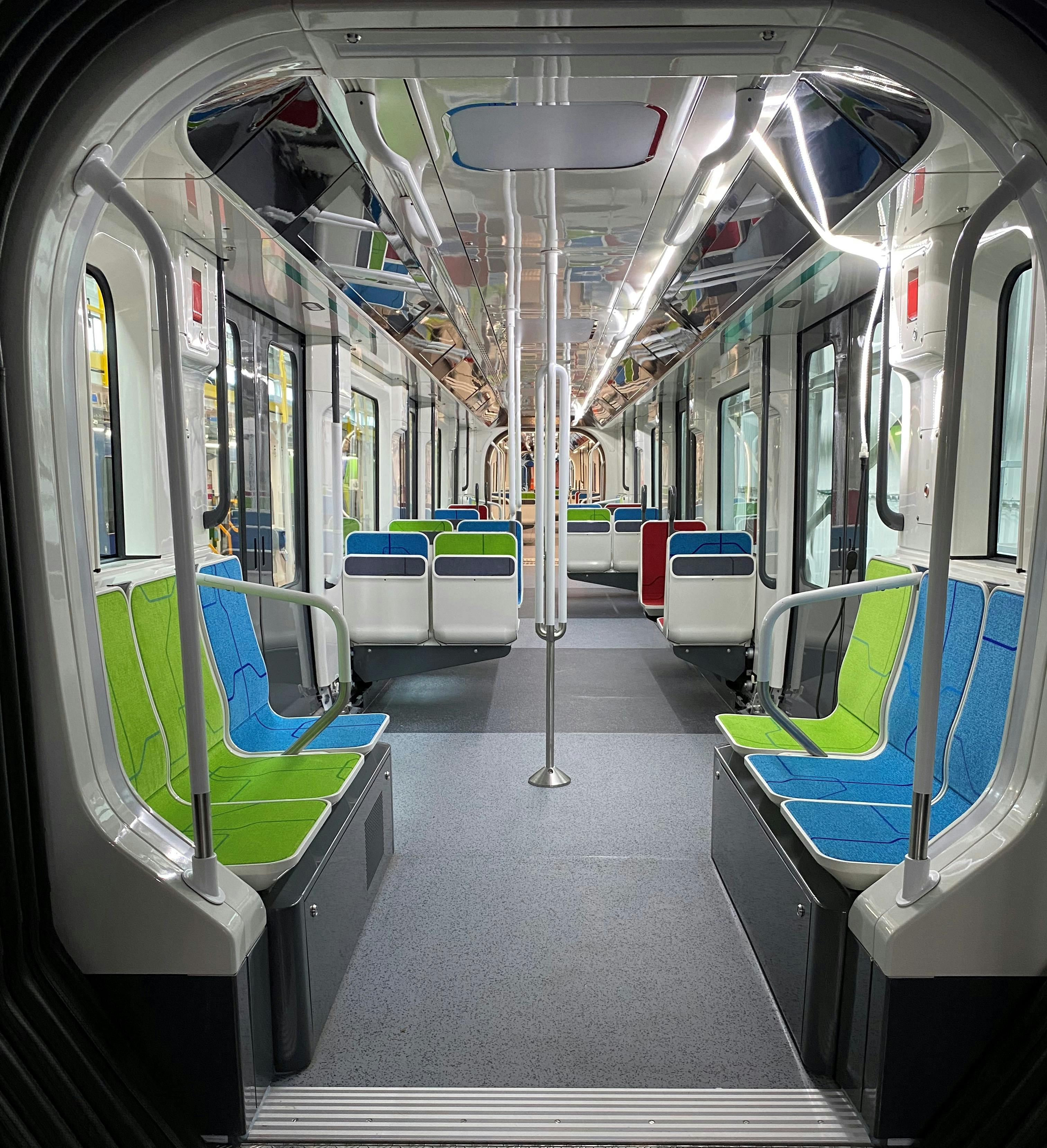
Mobility that listens to passengers
- Offer choice: different waiting areas (short and long journey, space reserved for people with reduced mobility) facilitate the distribution of passengers and comfort on board.
- Providing more comfort: reversible air conditioning, comfortable seats, natural light ambience, USB ports and displays for real-time passenger information - the MF19 is equipped with the latest technology.
